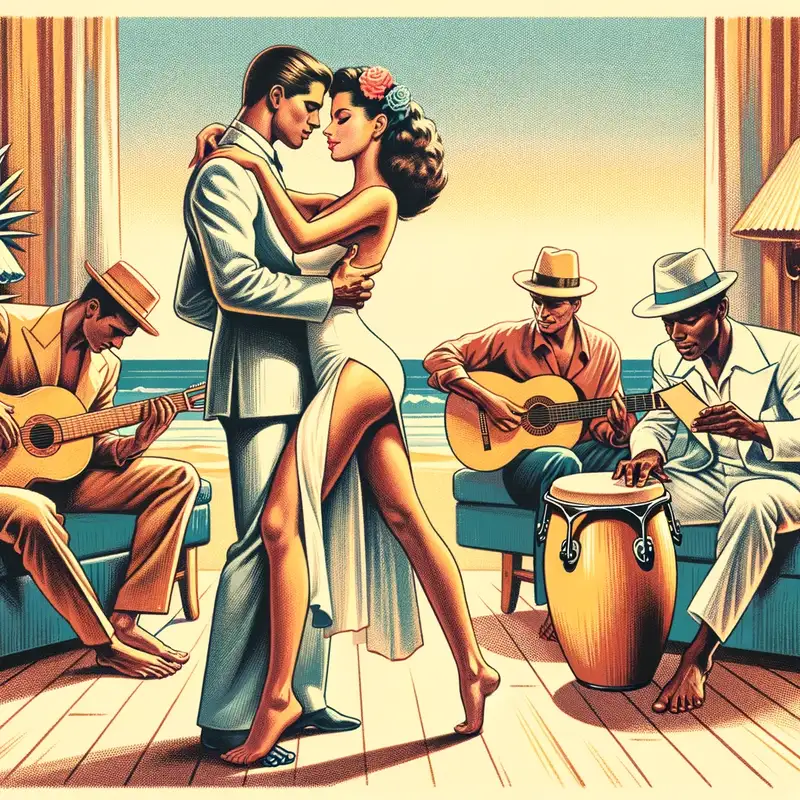Bachata

Originating from the Dominican Republic, Bachata has traveled beyond its Caribbean birthplace to enamor global audiences.
Table of Contents
Origins and Evolution
- Roots in the Countryside: Bachata began in the rural areas of the Dominican Republic in the early 20th century. It was initially known as “bolero campesino” or rural bolero, drawing inspiration from the Cuban bolero but adding a distinct Dominican flavor.
- From Stigmatization to Acceptance: For decades, bachata was seen as the music of the lower classes and was associated with bars and brothels. Its lyrics often addressed themes of heartbreak, love, and social issues. This led to its marginalization by the Dominican elite. However, by the 1980s and 1990s, as the genre’s popularity grew, it began to gain acceptance and entered mainstream music.
- Modern Evolution: The 2000s saw bachata artists experimenting with new instruments and incorporating elements from other genres, such as R&B and reggaetón. This led to the rise of a sub-genre known as “urban bachata.”
Key Characteristics
- Instruments: The primary instruments in bachata are the guitar (lead and rhythm), bongo drums, and bass guitar. Modern bachata often incorporates electric guitars, synthesizers, and even saxophones.
- Rhythm: Bachata has a 4/4 rhythm, characterized by a distinct guitar pattern where the bass notes play on the beat followed by higher pitched chords that syncopate.
- Dance: Bachata dance is as evocative as its music, with close body contact and smooth, sensual movements. It emphasizes hip motion and includes both turn patterns and side-to-side movements.
Notable Artists
- José Manuel Calderón: Credited as the first artist to record bachata with tracks like “Borracho de amor” in the early 1960s.
- Antony Santos: Known as the “Bachatú,” Santos played a significant role in the genre’s rise during the 1990s.
- Aventura: This group, led by Romeo Santos, revolutionized bachata by introducing English lyrics and elements of R&B and rock, popularizing the genre internationally in the 2000s.
- Juan Luis Guerra: Although primarily known for merengue, Guerra’s bachata songs, like “Bachata Rosa,” helped in elevating the genre’s prestige.
Global Impact and Fusion
In recent years, bachata has gained immense popularity in dance schools and clubs around the world. Latin American countries, as well as nations in Europe, Asia, and Africa, have embraced the genre and its accompanying dance.
Artists from different musical backgrounds have collaborated to produce bachata-fusion tracks. From reggaetón to pop, these fusions have broadened the genre’s appeal to a younger, global audience.